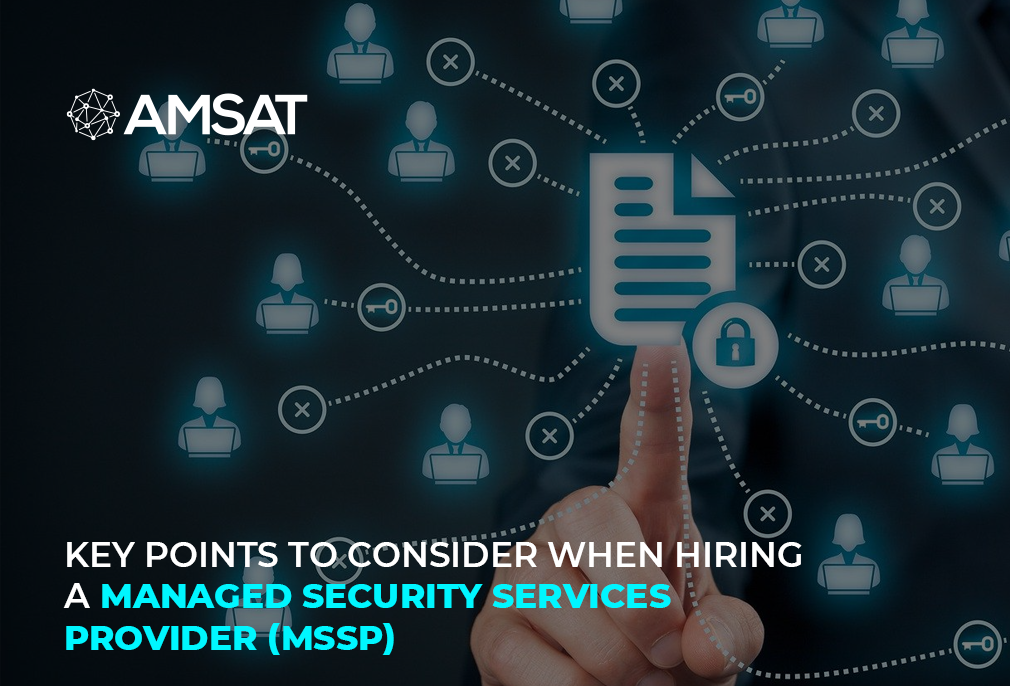Latest Blogs

By AMSAT Feb 03,2022
Advantages and Drawbacks of Private Cloud Virtualization
In today’s age of cloud, organizations have an assortment of options: public, private, or hybrid. Each choice boasts its own unique set of upsides and downsides, leaving businesses to navigate a complex landscape before deciding which fits their needs best. This blog post will explore the world of private cloud virtualization, examining its strengths and weaknesses.
Advantages of Private Cloud Virtualization:
- Security Fort: Public clouds, while convenient, pose major security risks due to shared infrastructure. Private clouds, conversely, offer an enclosed space where your data and applications reside exclusively within your control. This enhanced security is a godsend for businesses dealing with sensitive information or operating in heavily regulated industries.
- Customization Flexibility: Unlike the “one-size-fits-all” approach of public clouds, private virtualization allows you to tailor the environment to your specific needs. From configuring hardware and software to crafting granular security policies, you have complete independence, ensuring top performance and resource allocation for your unique workload.

- Unsurpassed Agility: If you need to scale up an application for a sudden rise in traffic, private clouds give you the agility to vigorously adjust resources to match your changing demands. This removes the potential holdups and service disruptions often encountered in shared public cloud environments.
- Seamless Compliance: Certain industries face strict compliance regulations for data storage and processing. Private clouds offer the flexibility to build a setting that seamlessly integrates with your compliance frameworks, providing peace of mind and avoiding heavy fines.
- Performance Hub: Dedicated hardware and software resources translate to foreseeable and steadily high performance compared to shared public clouds. This is vital for mission-critical applications and real-time data processing, where even minor latency glitches can be disastrous.
Drawbacks of Private Cloud Virtualization:
- Cost Challenge: Setting up and maintaining a private cloud requires substantial upfront investment in hardware, software licenses, and skilled IT personnel. This hefty price tag can be a deterrent for smaller businesses or those with less resource-intensive workloads.
- Management Dilemma: Running a private cloud is no piece of cake. It demands a team of skilled IT professionals to handle infrastructure management, maintenance, security patching, and software updates. This ongoing operational burden can be a drain on internal resources and expertise.
- Scalability Saga: While private clouds offer some scalability, it’s not as seamless and effortless as public clouds. Adding new resources often requires physically expanding the infrastructure, leading to longer provisioning times and potentially hindering agility.
- Skill Shortage Threat: Finding and retaining the talent needed to manage a private cloud can be a significant challenge. The demand for skilled cloud professionals remains high, and the cost of acquiring and retaining them can add to the overall expenditure.
Finding the Best Cloud Solution: Your Key to Success
It’s important to carefully assess your unique requirements, financial situation, and available resources when selecting a cloud solution. Unrivaled security, control, and customization are provided by private cloud virtualization, but it is expensive and requires a high level of internal expertise. These trade-offs are justifiable for some businesses, but others can benefit from a hybrid approach or the shared environment of public clouds.
Before embarking on your cloud journey, determine the sensitivity of your data and your internal expertise to manage a cloud. Also find out if you can effectively handle the upfront and ongoing costs.
Conclusion
There’s no one-size-fits-all solution in the world of cloud. Assess the merits and demerits carefully, and opt for the choice that strengthens your organization to achieve even greater success in today’s fast-changing business landscape.
TAGS
- Cloud Computing
- Cloud Virtualization
Recent Blogs
Ready to Get Started?
Our specialists are ready to tailor our security service solutions to fit the needs of your organization.











